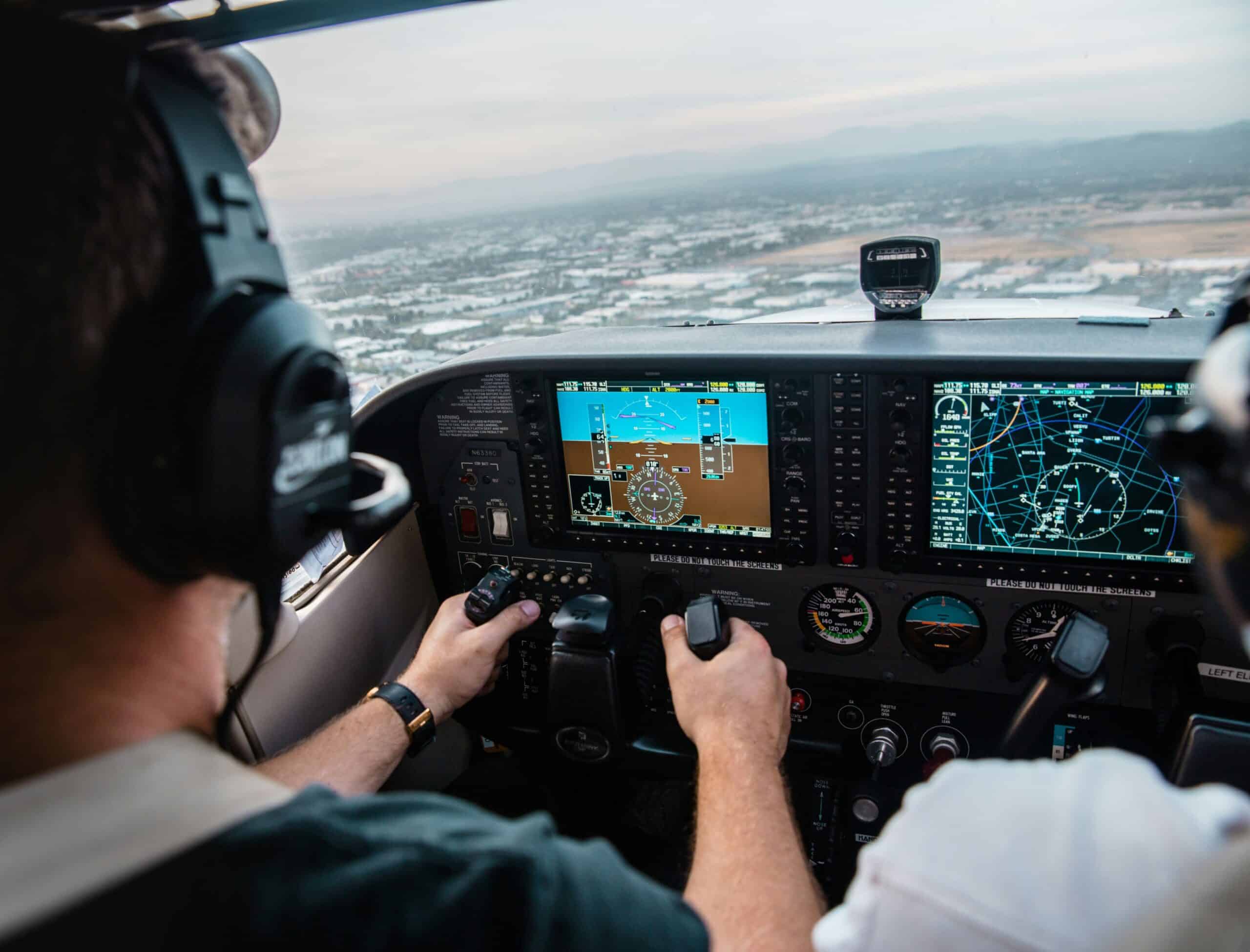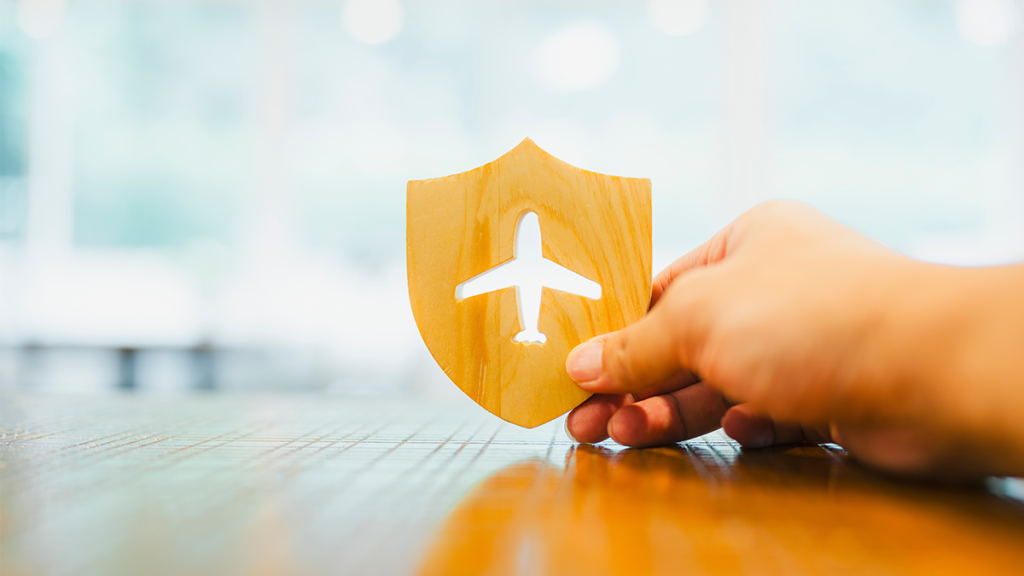
Becoming a pilot is a dream shared by many, a desire to defy gravity and navigate the skies. Whether your ambition is to command a commercial airliner, serve your country in the military, or simply enjoy the freedom of private aviation, the journey requires dedication, rigorous training, and a significant investment of time and resources. This comprehensive step-by-step guide will demystify the process, outlining the essential stages and considerations for aspiring ATP flight school aviators.
The Dream Takes Flight: Initial Considerations
Before embarking on this exciting path, it’s crucial to assess your readiness and understanding of what the aviation industry entails.
1. Research and Self-Assessment: Is Flying for You?
Begin by researching the various pilot career paths. Do you envision yourself flying passengers, cargo, or perhaps engaging in aerial photography? Understand the lifestyle: pilots often spend extended periods away from home, working irregular hours. Consider the financial commitment involved in training, which can range from tens of thousands to hundreds of thousands of dollars, depending on the chosen route. Most importantly, think about how much you love flying, how disciplined you are, and how committed you are to learning new things.
2. Medical Requirements: The Foundation of Flight
A paramount step is to undergo a medical examination with an Aviation Medical Examiner (AME).This rigorous examination assesses your vision, hearing, cardiovascular health, neurological function, and overall physical and mental well-being. Any conditions that could impair your ability to safely operate an aircraft may be disqualifying. It’s wise to get this done early in the process to avoid investing time and money only to discover you don’t meet the medical standards.
3. Age Requirements: When Can You Start?
While you can begin flight training at any age, there are minimum age requirements for specific certificates. In most countries, you can solo an aircraft (fly by yourself) at 16, obtain a Private Pilot Certificate at 17, and a Commercial Pilot Certificate at 18. For airline pilot positions, most airlines require pilots to be at least 21 years old and possess an Airline Transport Pilot (ATP) certificate, which typically requires a minimum age of 23.
Paving the Runway: Choosing Your Training Path
There are several distinct pathways to becoming a pilot, each with its own advantages and disadvantages.
1. Flight Schools (Part 61 vs. Part 141)
- Part 61 Flight Schools: These programs usually more flexible, letting you set your own training plan and often giving you a more personalized approach. They can be smaller operations with independent instructors. The syllabus is less rigid, making it suitable for those who need to balance training with other commitments.
- Part 141 Flight Schools: These are FAA-approved programs with a set curriculum and syllabus that are easier to follow. They are often larger institutions, sometimes affiliated with colleges or universities. Part 141 schools often have stricter attendance requirements but can sometimes lead to obtaining certificates with fewer flight hours, as the structured environment is considered more efficient. For individuals seeking a clear, defined path with academic integration, Part 141 can be a good fit.
2. Collegiate Aviation Programs
Many universities and colleges offer aviation degree programs (e.g., Aviation Management, Aeronautical Science). These programs combine academic coursework with flight training, allowing you to earn a degree while simultaneously accumulating flight hours and certificates. This path can be beneficial for those who desire a more comprehensive education and a direct pipeline into airline careers, as many airlines prefer candidates with a degree.
3. Military Aviation
Serving as a pilot in the armed forces offers a unique and prestigious path. Military pilots receive world-class training at no personal cost, often gaining experience in advanced aircraft and complex operational environments. The commitment typically involves a service obligation after training. This path is highly competitive and requires meeting stringent physical, mental, and academic standards.
Beyond the Certificates: The Career Journey
Once you’ve obtained your ATP, the journey continues with securing a pilot position.
- Job Search and Networking
Connect with people in the aviation business; go to career fairs, and use online job boards for aviation jobs. Many new ATP holders start their careers with regional airlines, where they can gain experience and move up in their careers.
- Interview and Simulator Training
Airline interviews are comprehensive, assessing your technical knowledge, decision-making skills, and ability to work in a crew environment. You’ll also likely undergo simulator training to evaluate your aptitude for airline operations.
- Type Ratings
Once hired by an airline, you’ll undergo specific training for the type of aircraft you’ll be flying (e.g., Boeing 737, Airbus A320). This involves extensive ground school and simulator training, culminating in a “type rating” endorsement on your pilot certificate.
Conclusion
It is hard but very gratifying to become a pilot. It requires a lot of money, a lot of attention, and a promise to keep learning and growing professionally. From the initial medical examination to the rigorous flight training and eventual airline interviews, each step builds upon the last, progressively equipping you with the knowledge and skills to safely and efficiently command an aircraft. For those with the passion and perseverance, the boundless skies await, offering a career filled with adventure, responsibility, and the unique perspective of the world from above.





More Stories
Where Great Taste Meets Perfect Location: Explore Top Dining Moments Near Dubai Mall
Leading Experts in Professional Services Firms to Power Your Growth
Pakubon by Desa Oculus: A Family-Friendly Kintamani Villa Retreat Above the Clouds